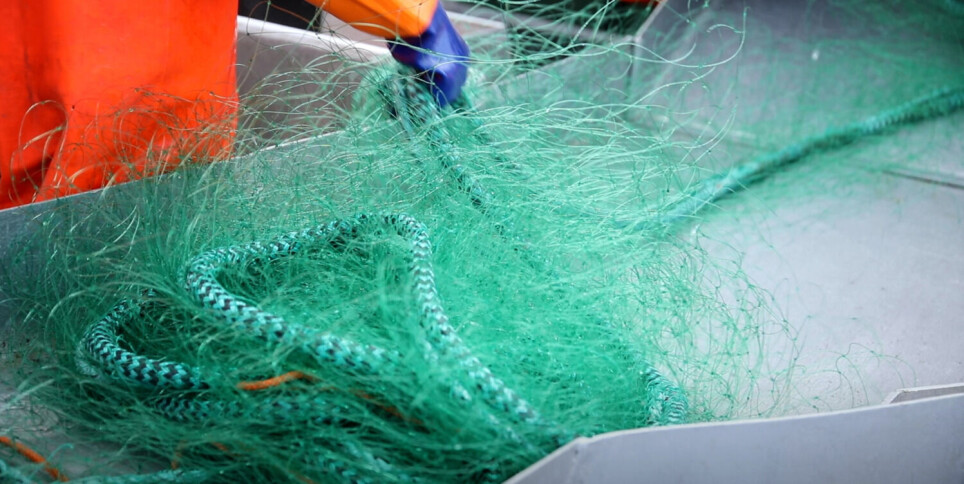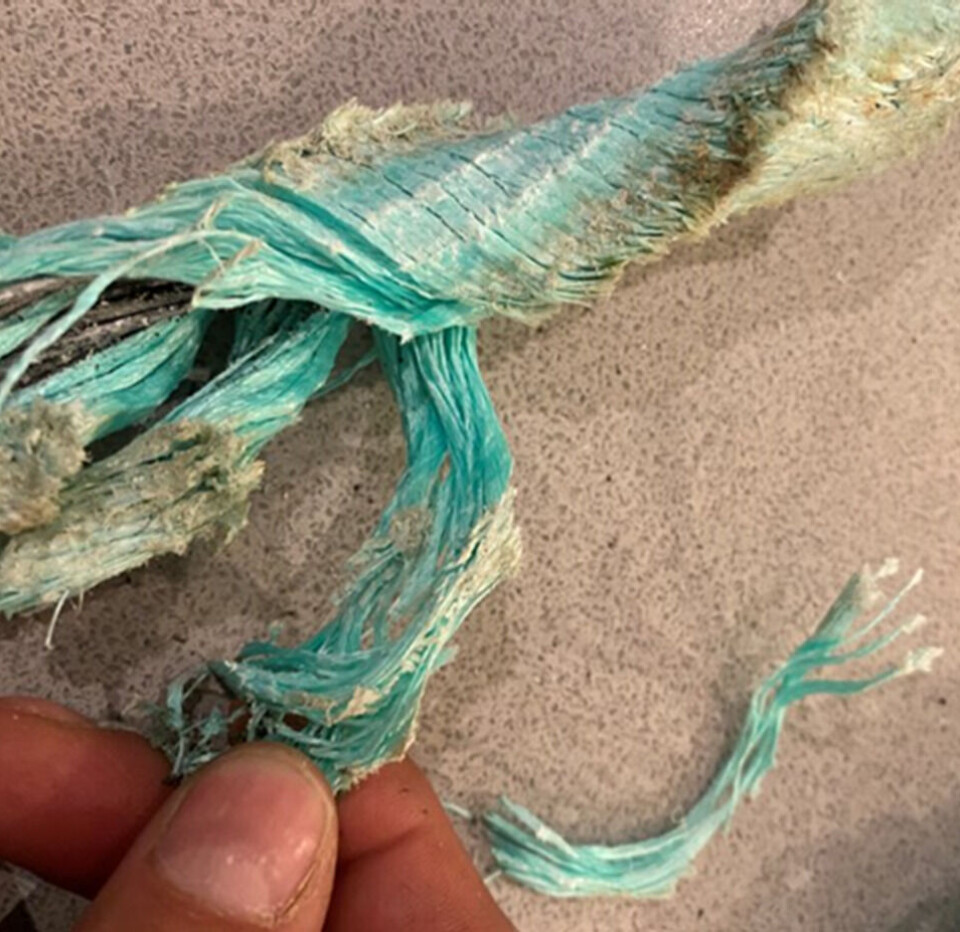THIS ARTICLE/PRESS RELEASE IS PAID FOR AND PRESENTED BY SINTEF - read more

How can we recycle problematic fishing gear containing copper and lead?
The fisheries and aquaculture sectors are major users of plastics. A research project has recently been launched to investigate how these plastics can be recycled and made into new products.
Most of the plastic waste currently found in the oceans is derived from the fisheries and aquaculture sectors. The plastic fishing gear used in these sectors may contain any one of several components and chemicals.
Rope may be made of plastic incorporating metal wire, and plastic nets impregnated with copper to prevent fouling. Other equipment may contain lead to keep it stable below the water surface. And these are just a few examples.
Such equipment makes the recycling of plastic waste from the fisheries and aquaculture sectors a complicated process.
In the new project, called SHIFT-PLASTICS, SINTEF is joining forces with the Western Norway Research Institute (WNRI) to investigate the technical challenges and opportunities linked to this recycling issue.
Macro to micro
A key aspect of the project is to identify a best practice for the recovery and circular use of plastic waste. A diverse team of research scientists has been assembled to investigate the chemical composition of plastic waste, possible approaches to waste collection and sorting, and to find out which among all these components can be converted into high-quality products by means of recycling.
Another key task will be to find out whether biodegradable plastics can be used in what is termed 'problematic' fishing gear, defined as gear that may result in the continuation of fishing (ghost fishing) for periods long after it has been removed.
“With the exception of fishing nets and crab pots made of biodegradable materials, no research of this type has been carried out on fisheries and aquaculture gear before,” Christian Karl at SINTEF says.
He is heading the part of the project dealing with material analyses and the evaluation of recycling opportunities.

An ambitious multi-participant project
“This is quite an ambitious project that aims to identify new holistic solutions that can contribute towards introducing the circular use of products used in the fisheries and aquaculture sectors,” Hans Jacob Walnum says.
He is a project manager at WNRI.
“This includes everything from new technologies to recommendations for life cycle analyses, policy design and, not least, how new industries might be established as a result,” he says.
A total of seven research partners are involved in the project, offering expertise in technology, politics and circular value chains, as well as 20 industrial partners and public sector agencies.
See more content from SINTEF:
-
How Svalbard is becoming a living lab for marine restoration
-
New study: Even brand-new apartments in cities can have poor indoor air quality
-
Fresh hope for patients with chronic inflammatory bowel disease
-
Testing a giant ship: May take five kilometres to stop
-
A robot is helping researchers hunt for the best cancer warriors
-
Locomotives that run on diesel can be electrified





































